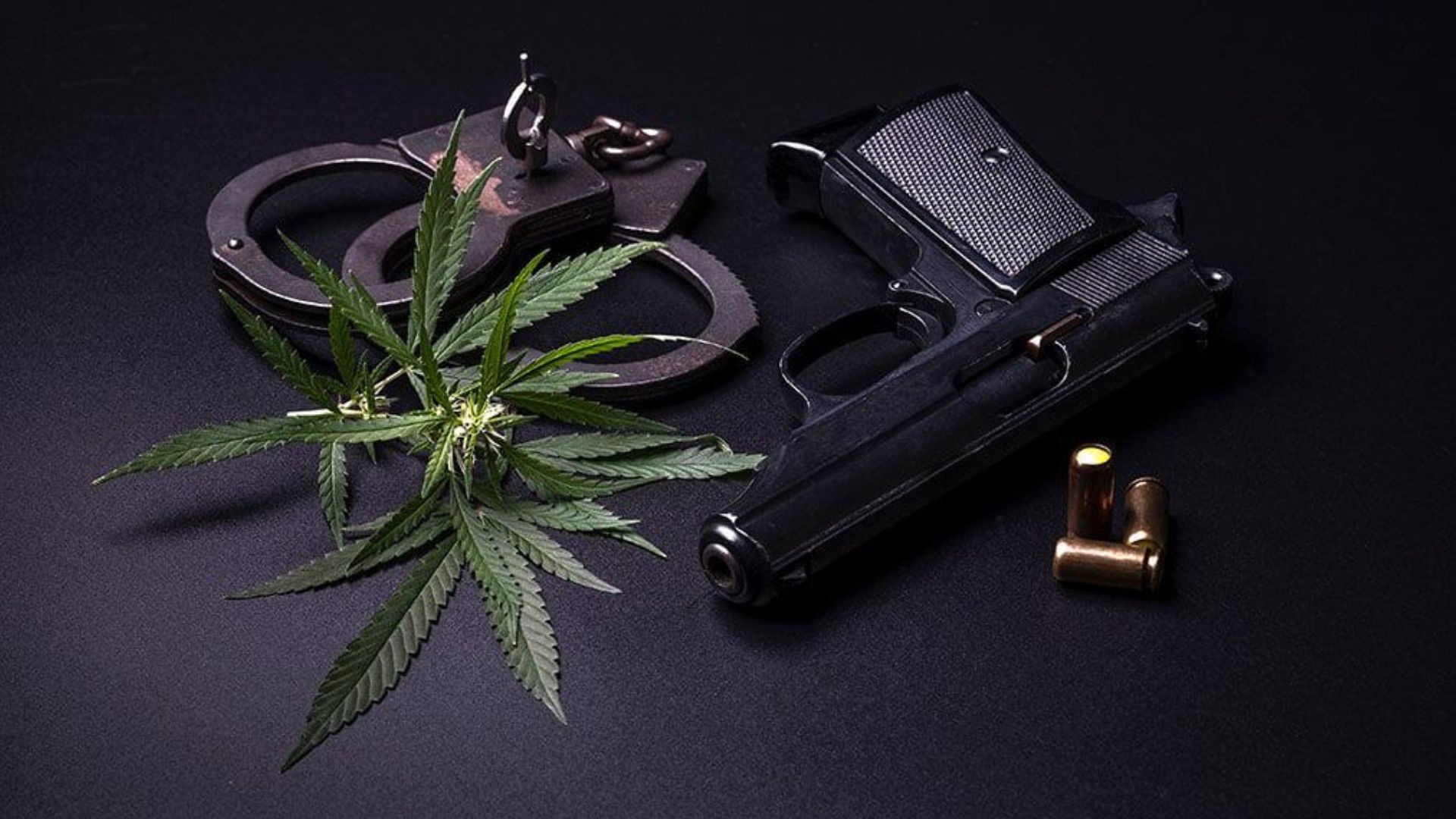
In the dead of night this week, scores of heavily armed policemen in bulletproof vests and masks carried out a stealthy attack in this small Catalan town. Despite their heavy armament, it was not an antiterrorism operation; increasingly, marijuana plantations are in the hands of heavily armed gangs.
Officially, Catalonia is home to eight million people. This Spanish region has, over the past years, transformed from being a drugNetMessage transit route into the most infamous European production location for mainly marijuana. It is because of this fact that guns have become more apparent, and armed violence leaps.
In their pre-dawn raid in the town of Constanti, 100 kilometers down the coast from Barcelona, police raided seven homes squatters had taken over. Inside the houses, authorities found 2,000 marijuana plants growing under powerful lights in rooms fitted with big fans.
“We’re fighting to stop this whole area from turning into a mini narco-state,” said Tarragona police chief Inspector Ramon Franques, referring to police efforts across the region.
Regional police report an alarming increase in gun violence driven by the growing presence of drug gangs. “The cultivation and trafficking of marijuana is worrying, but mostly because of the associated increase in violence,” says Carlos Otamendi, head of criminal investigations for the Mossos d’Esquadra regional police.
On June 23, gun violence again hit the headlines when a man allegedly pulled out a Kalashnikov and shot dead two people during an argument on the outskirts of Girona. Initial indications are that it was not drug-related, although the alleged perpetrator—in whom the police have an interest and who is still at large—belonged to a gang involved in marijuana trafficking.
About the same time, police seized five weapons, two of them military-grade, while breaking up a group that had smuggled hashish into the region by boat, an increasingly common practice.
“Gang violence didn’t start now with drug trafficking, nor with the establishment of organised crime networks smuggling marijuana. But this use of military-grade weapons is new,” said Gerardo Cavero of the anti-trafficking arm of the Barcelona prosecutor’s office.
The European Union Drugs Agency says cannabis is the most widely used illicit drug in Europe, either as hashish, marijuana or in some other derivative form. Some 69% of all cannabis resin seizures throughout the EU in 2022 were made in Spain, as also were 47% of weed and 81 percent of cannabis plants, according to EUDA’s latest report.
The findings underlined Spain’s “significant role” in cannabis trafficking across its territory and production. The interior ministry says last year Spanish police seized over 36,700 kilograms of marijuana from Catalonia alone.
The office of Spain’s public prosecutor pointed out in its latest national report that there are a growing number of gangs establishing “plantations” in the region and then distributing the plants to most parts of Europe.
For those at the top, protection is paramount. “If there is one thing that characterises organised crime in respect to drug trafficking, it is the use of violence,” said Cavero.
Last year, there were 1,171 weapons seized in Catalonia, while the institutions detected a growth of 28% compared to 2022. In that period of time, armed attacks on marijuana plantations increased by 78%. The number of related deaths went to five. In the booming hash trade, that was linked to four more deaths. Back in 2022, just one person died.
While the Catalan authorities insist the region is “safe,” with a murder rate below the European average, and that crime levels are far lower than in other parts of the world, just 7 percent of respondents to the latest regional survey said personal safety was their concern.
But there are signs of change. “I don’t want to say we’re getting used to it but it’s a type of violence that is becoming more normalised”, Said journalist Fatima Llambrich, an expert on the subject.















